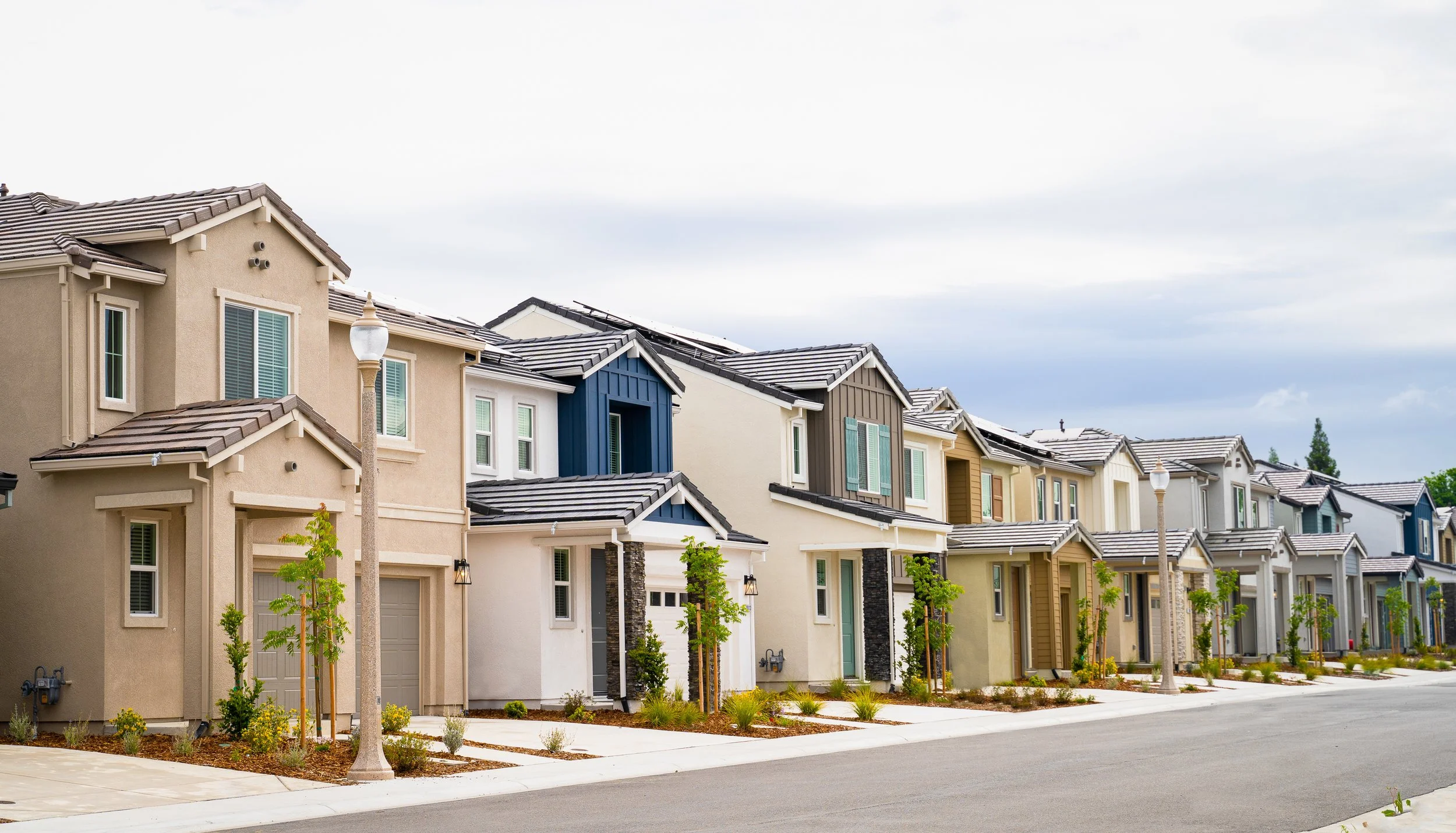Choosing Your Neighborhood: Key Factors to Consider
Choosing the right neighborhood is one of the most critical decisions when buying a home. After all, you’re not just buying a property; you’re investing in a community, a lifestyle, and a place you’ll call home. With the wide variety of neighborhoods available, it’s essential to consider several factors to make an informed decision that aligns with your needs, lifestyle, and future plans. Here’s a breakdown of key factors to keep in mind when choosing the right neighborhood.
1. Safety and Security
Safety is one of the most crucial factors for any homeowner. Start by researching the crime rates in the neighborhoods you’re interested in. Many online resources and local police department websites provide crime statistics that can give you a sense of a neighborhood’s safety level. Additionally, drive through the area at various times of the day and night to observe the overall atmosphere and security measures. A safe neighborhood not only provides peace of mind but also adds to the long-term value of your investment.
2. Proximity to Work and Amenities
Commute times and proximity to amenities are essential considerations. Calculate your commute from each neighborhood to your workplace to determine what’s manageable for your lifestyle. Besides work, think about other conveniences such as grocery stores, restaurants, parks, gyms, and medical facilities. Access to these amenities can significantly impact your daily routine and quality of life, especially if you prefer a walkable community where everything is close at hand.
3. School District Quality
If you have children or plan to in the future, the quality of the school district will likely be a high priority. Even if you don’t have kids, buying in a good school district can increase your property’s resale value, as homes in top-rated districts are often in higher demand. Look at the ratings of local schools, extracurricular opportunities, and community reviews to get a clear picture of the district’s reputation.
4. Community and Lifestyle Fit
Consider the lifestyle and vibe of the neighborhood. Are you looking for a quiet, family-oriented area, or do you prefer a more lively community with young professionals and a vibrant social scene? Each neighborhood has its unique character, so visit local coffee shops, parks, and community events to get a feel for the area. You may even consider speaking with residents to understand the community dynamic. Choosing a neighborhood that matches your lifestyle can make all the difference in your long-term happiness.
5. Future Development and Value Appreciation
The future potential of a neighborhood can affect both your quality of life and the value of your home. Check city plans for upcoming developments like new schools, parks, or commercial centers, as these can enhance property values over time. However, be cautious of overdevelopment, which could lead to noise, congestion, and a decline in property values. Research past property appreciation trends in the area to get an idea of its investment potential.
6. Affordability and Property Taxes
Budget is a crucial aspect, as each neighborhood can vary widely in terms of home prices and property taxes. While it might be tempting to stretch your budget for a dream neighborhood, remember to account for property taxes, HOA fees, and maintenance costs. Prioritize neighborhoods that offer the right balance between affordability and quality of life, so you’re not financially overextended.
Do the Research
Choosing the right neighborhood is about balancing practical needs with personal preferences. By considering factors such as safety, commute, school quality, community vibe, future development, and affordability, you can make a well-rounded decision that not only meets your current needs but also supports your long-term happiness and investment. Take the time to research, visit, and get a genuine feel for each neighborhood, and you’ll be on the right path to finding the perfect place to call home.

